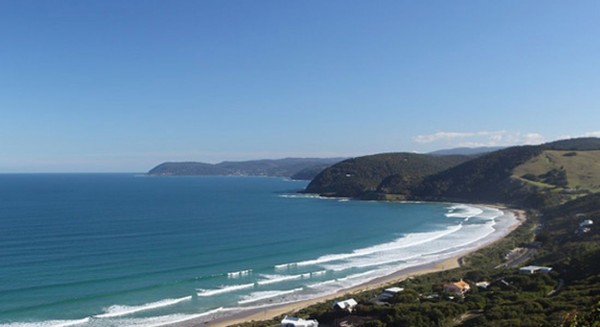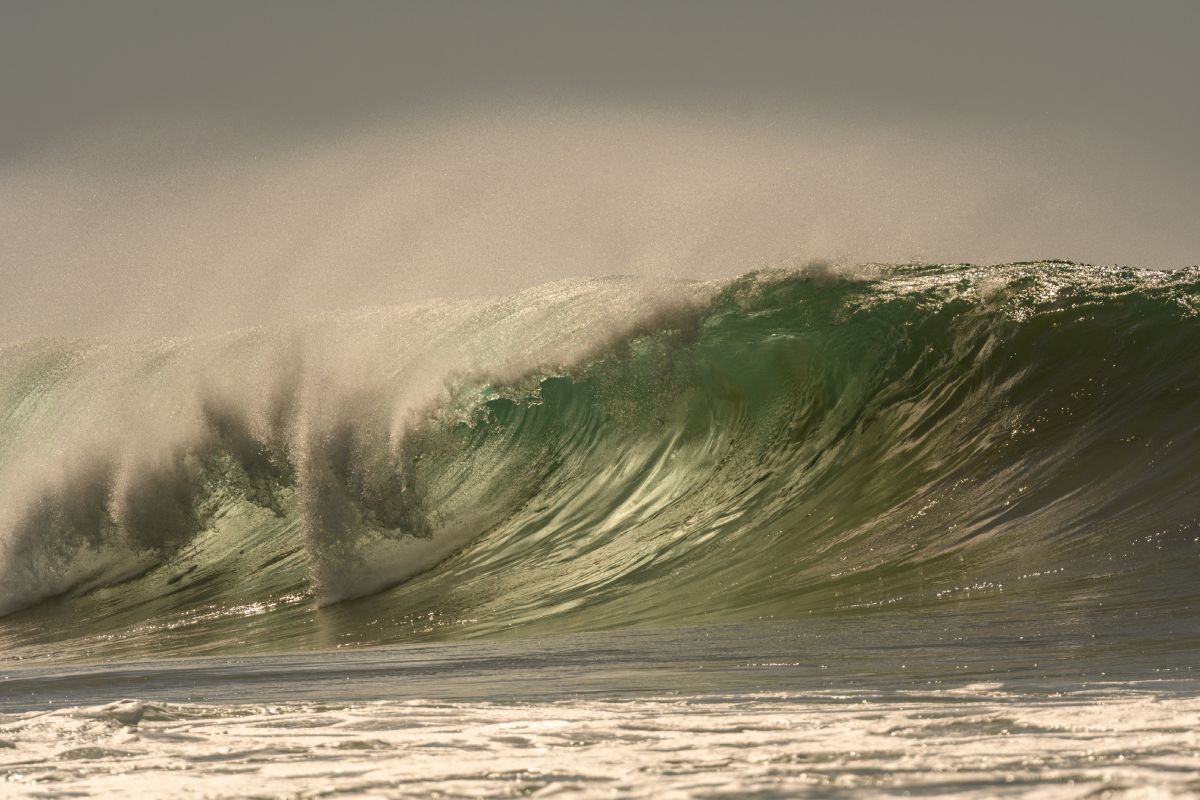Great Ocean Road Coast & Parks Authority
The Great Ocean Road Coast and Parks Authority (the Authority) was established on 1 December…
Great Ocean Road Communities Network
The Great Ocean Road Community Network (GORCN) had its inaugural Zoom meeting on Tuesday 18th…

